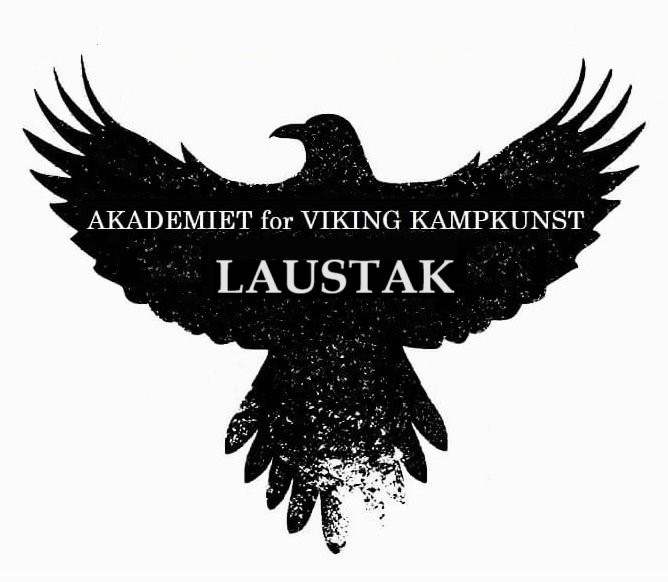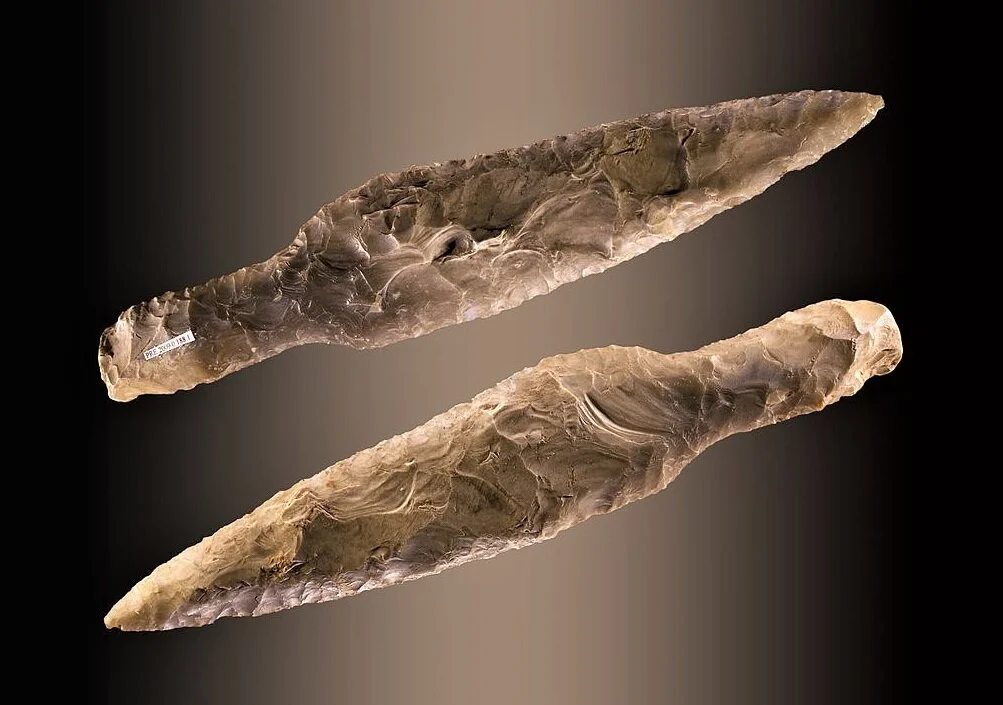The DAGGER by Tyr Neilsen
/The Dagger has been used as a close combat weapon for thousands of years. Designed to be a stabbing and thrusting weapon, daggers have a short blade with a sharply tapered point and two sharp blade edges, which makes this knife deadly in stealth operations and hand to hand fighting.
Being sometimes used for self-defense and other times used for assassination or sacrifice, the dagger has earned both an honorable and disreputable reputation throughout history. The Dagger has been used as a close combat weapon for thousands of years. Designed to be a stabbing and thrusting weapon, daggers have a short blade with a sharply tapered point and two sharp blade edges, which makes this knife deadly in stealth operations and hand to hand fighting.
The dagger originated in the Neolithic Age as a short stabbing weapon made out of wood, flint or bone, and predates every weapon except for the club. There have been many names for the knife we now know as the dagger, and although the word ‘Dagger’ is of uncertain origin, it means "edged or pointed weapon for thrusting, shorter than a sword".
NEOLITHIC DAGGER FROM THE MUSÉUM DE TOULOUSE
Almost every civilization has used and developed the dagger, and over the centuries, daggers have ranged from simple basic tools to objects of high status. In ancient Egypt, daggers decorated with ornate golden hilts were used both as weapons and ceremonial instruments. A dagger made of gold and one made of smelted meteorite ore were found in Tutankhamun’s tomb.
TUTANKHAMUN'S IRON DAGGER BLADE
With the development and availability of metal weapons, daggers not only became more and more popular, they also became more effective and deadly. Though daggers have continually been used by the poorest commoner as well as royalty, it has been mostly the weapon of warriors and soldiers. Throughout the Middle Ages, the dagger was a great instrument for piercing armor, used to great effect in both the forward grip and reverse grip (Icepick grip).
ILLUSTRATION OF COMBAT WITH THE DAGGER FROM MANUSCRIPT BY HANS TALHOFFER (1467)
As the face of warfare continued to change and armor was no longer used, dagger techniques evolved and the forward grip became the conventional grip of the dagger, whilst the reverse grip was favored when attacking an opponent from behind. During the Renaissance Age, the dagger was the only weapon commoners were allowed to carry on their person, and it became part of everyday dress.
A SELECTION OF A VARIETY OF DAGGERS THROUGHOUT THE CENTURIES: 1. 13TH CENTURY IRON DAGGER 2. 13TH CENTURY IRON DAGGER, 3. 14TH CENTURY IRON DAGGER 4. 14TH CENTURY IRON DAGGER 5. 14TH CENTURY IRON DAGGER WITH CARVED BONE HANDLE 6. 14TH CENTURY IRON DAGGER 7. 15TH CENTURY IRON DAGGER 8. 15TH CENTURY IRON DAGGER 9. 15TH CENTURY THUMB RING DAGGER 10. 16TH CENTURY DOUBLE THUMB RING DAGGER 11. 15TH CENTURY VERONA DAGGER 12. 15TH CENTURY ANELACE DAGGER 13. 15TH CENTURY IRON DAGGER 14. 16TH CENTURY SWISS IRON DAGGER 15. 15TH CENTURY IRON GERMAN DAGGER











